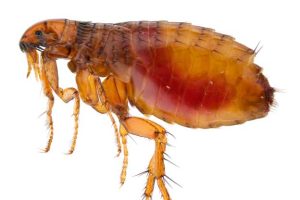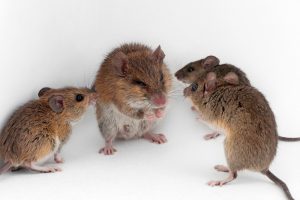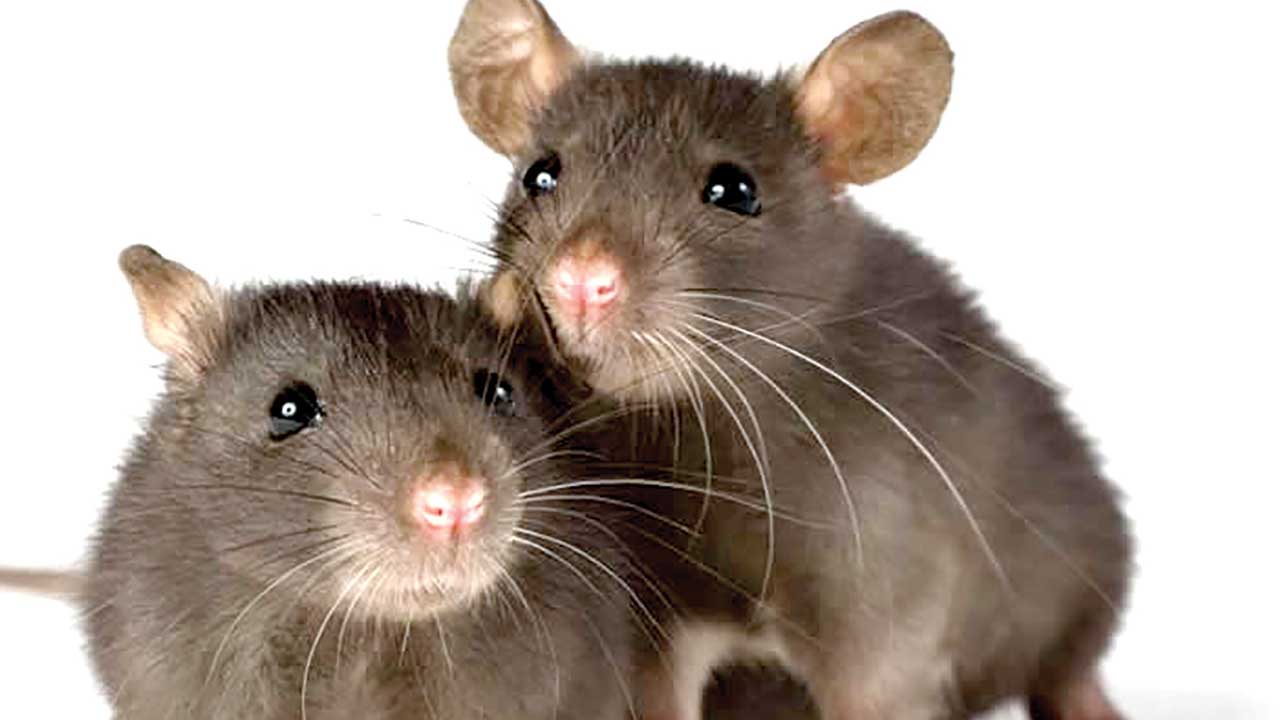Mastomys natalensis, also known as the Natal multimammate mouse, is a rodent species found in many parts of Africa. It is considered the primary reservoir host for the bacterium Yersinia pestis, which causes bubonic plague. The sylvatic (wildlife) plague cycle primarily involves rodents and their fleas in natural settings.
In the context of plague, these rodents serve as a reservoir, meaning they can carry and spread the bacteria without getting sick themselves. Fleas that infest these rodents can transmit the bacteria to other animals, including humans, through their bites. When humans are bitten by fleas carrying Yersinia pestis, they can contract bubonic plague, which is characterized by swollen and painful lymph nodes (buboes).
The role of wildlife reservoirs in maintaining sylvatic plague and spillover risks to humans is largely unknown. It’s important to note that while Mastomys natalensis is a significant reservoir for the plague bacterium in certain regions, other rodent species can also be involved in the sylvatic plague cycle in different parts of the world. Understanding these natural reservoirs is crucial for monitoring and managing the disease to prevent outbreaks in human populations.
A team of scientists from the Sokoine University of Agriculture particularly from the Department of Animal, Aquaculture and Range Sciences, Department of Wildlife Management and African Center of Excellence which located at the Institute of Pest Management.
Other scientists are from Department of Paraclinical Studies, School of Veterinary Medicine, University of Namibia, Department of Environmental Sciences, University of Namibia, Windhoek, Namibia, Natural History Museum, Obafemi Awolowo University, Nigeria and from the Institute of Evolutionary Ecology and Conservation Genomics, University of Ulm in Germany, did an immunogenetics studies on the multimammate rodent Mastomys natalensis which is the most abundant and widespread rodent in peri-domestic areas in Tanzania, where it plays a major role as a Y. pestis reservoir in endemic foci.
 The surveyed wild M. natalensis for Y. pestis vectors, i.e., fleas, and tested for the presence of antibodies against Y. pestis using enzyme-linked immunosorbent assays (ELISA) in areas known to be endemic or without previous records of Y. pestis in Tanzania.
The surveyed wild M. natalensis for Y. pestis vectors, i.e., fleas, and tested for the presence of antibodies against Y. pestis using enzyme-linked immunosorbent assays (ELISA) in areas known to be endemic or without previous records of Y. pestis in Tanzania.
Characterization of the allelic and functional (i.e., supertype) diversity of the major histocompatibility complex (MHC class II) of M. natalensis and investigatation of the links to Y. pestis vectors and infections. Antibodies against Y. pestis in rodents inhabiting both endemic areas and areas considered non-endemic were detected. Of the 111 nucleotide MHC alleles, only DRB*016 was associated with an increased infestation with the flea Xenopsylla. Surprisingly, the link between MHC alleles or supertypes and antibodies of Y. pestis were not found. The main findings hint, however, at local adaptations towards Y. pestis vectors, an observation that more exhaustive sampling could unwind in the future.
The study characterized the MHC class II diversity of an important plague reservoir to gain new insight into the genetic background of plague persistence in Tanzania. A single MHC class II allele associated with plague vectors has been found. Longitudinal studies to generate plague surveillance data coupled with studies encompassing whole genome or targeted re-sequencing and experimental infections would propel the understanding plague persistence in sylvatic reservoirs.

For more information: CLICK HERE
Haikukutu, L., Lyaku, J.R., Lyimo, C.M., Eiseb, S., Makundi, R., Wilhelm, K., Olayemi, A., Müller-Klein, N., Schmid, D.W., Fleischer, R. and Sommer, S. (2023). Immunogenetics, sylvatic plague and its vectors: insights from the pathogen reservoir Mastomys natalensis in Tanzania. Immunogenetics. https://doi.org/10.1007/s00251-023-01323-7

